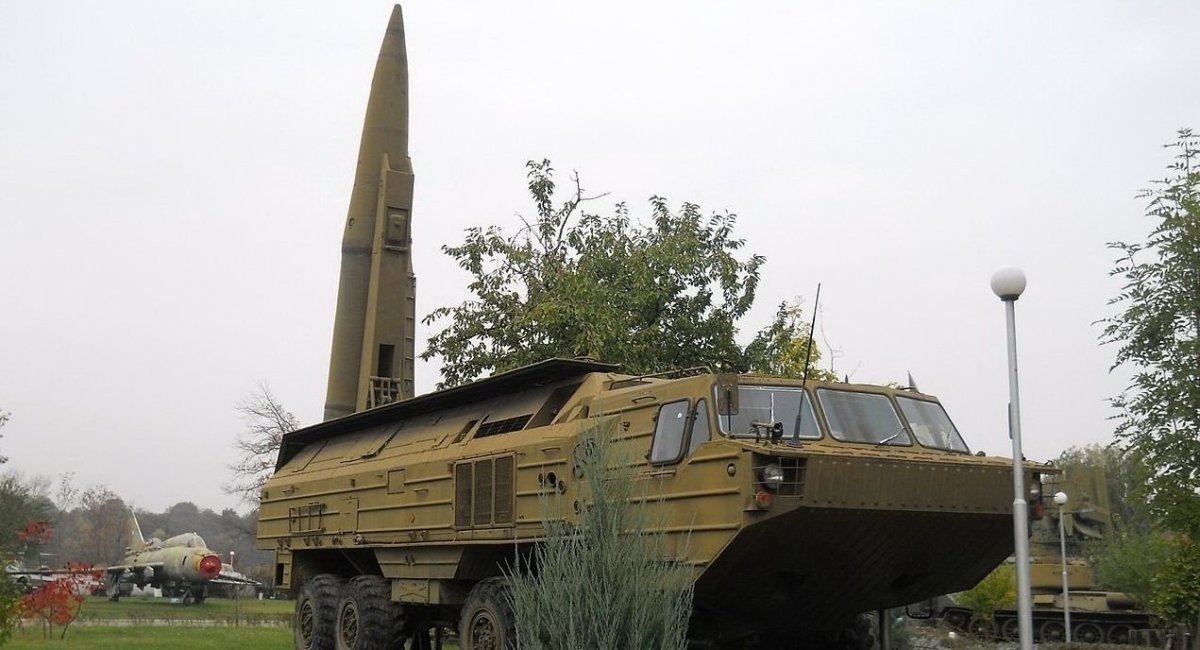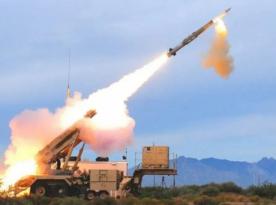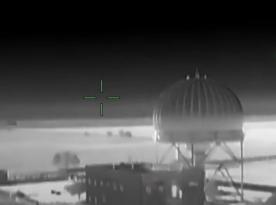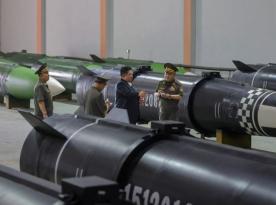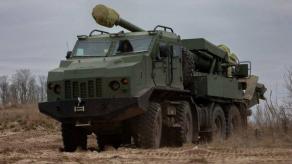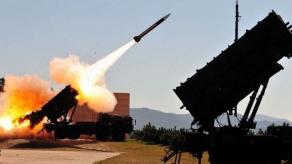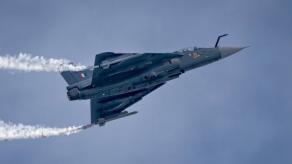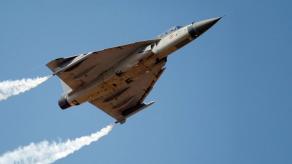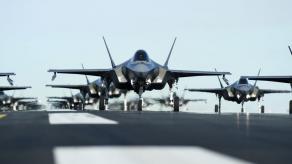After several recent consecutive attempts by russians to attack Kyiv with ballistic missiles fired by Iskander systems, all failed, speculations over the real performance of this missile system and its specifications were raised once again. To make no mistake here, we should look at them in comparison with its predecessor, the Oka short-range ballistic missile (SRBM) system.
This old missile is still being remembered from time to time in russian media as they cannot accept the decision to decommission all the launchers and missiles to the Oka system in 1987 as part of the INF Treaty.
Read more: How Patriot Works When Intercepting Ballistic Targets
Noteworthy, we can find public statements by the russian ministry of defense dated 2017 and 2022 that say the restoration of Oka wasn't part of its plans because its function had already been taken over by Iskander by that time. Instead, the technologies gained throughout the project were used for other weapons. Although it sounds questionable, for the technologies they were talking about originate from the 1980s.
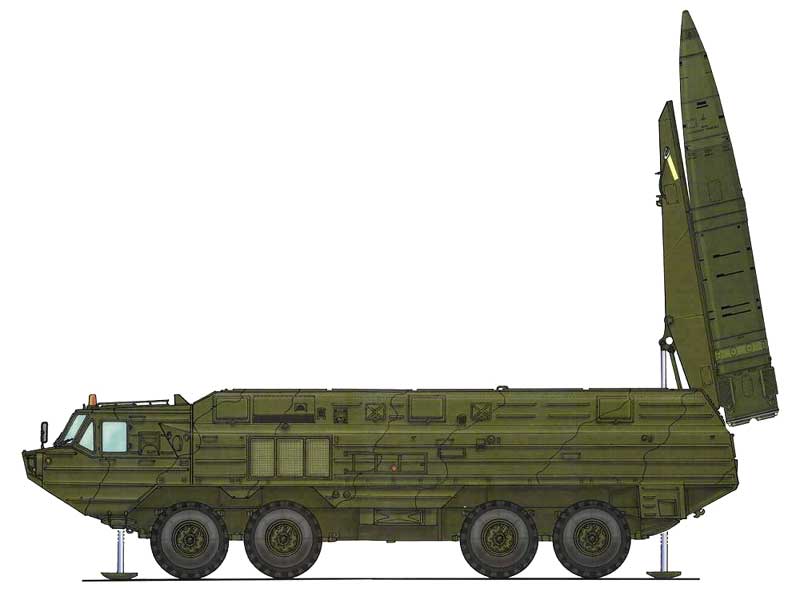
Oka system entered serial production in 1979, there were 208 9M714 solid fuel missiles of various modifications, 106 transporter erector launchers, and 88 support vehicles carrying additional missiles made since then until 1987 (some of them were supplied to Warsaw Pact countries). Which means the USSR could produce only 20 missiles a year to this system.
The effective range of fire of the Osa system depended on the modification of the 9M714 missile and its payload: the nuclear version called 9M714B had a range of 500 km, warhead weight 375 kg; the conventional 9M714F version with a high-explosive warhead had a range of 450 km, warhead weight 450 kg; the 9M714K version with cluster warhead could fly 300 km far, yet the warhead was as heavy as 715 kg.
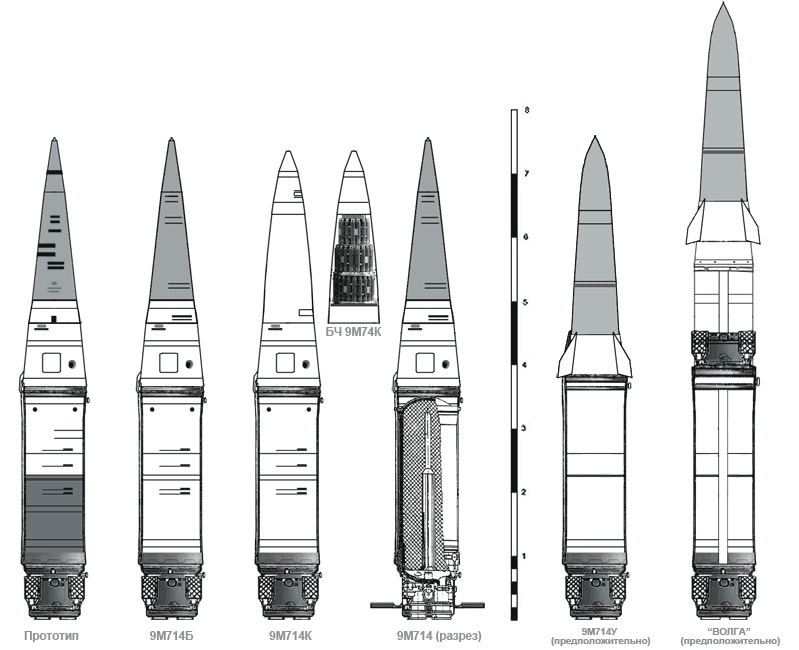
Interestingly, all the missiles of the 9M714 family were sizeable: 7.5 meters long, launch weight of 4.4 to 4.6 tons depending on the modification. On the flip side, the successor 9M723 ballistic missile to the Iskander system was smaller – 7.2 meters long and weighing around 3.8 tons at the launch.
The russians were especially critical about the fact that while the Oka system comprised a sole all-in-one vehicle, the Iskander introduced four separate ones, each having a dedicated function: the 9P78 launcher vehicle, the 9S552 command vehicle, a maintenance vehicle, and the 9S920 data preparation unit which receives information from reconnaissance aircraft. But in fact, this "decentralization" increases the chance of the Iskander system's survival in case of enemy backfire, so it's basically an advantage.
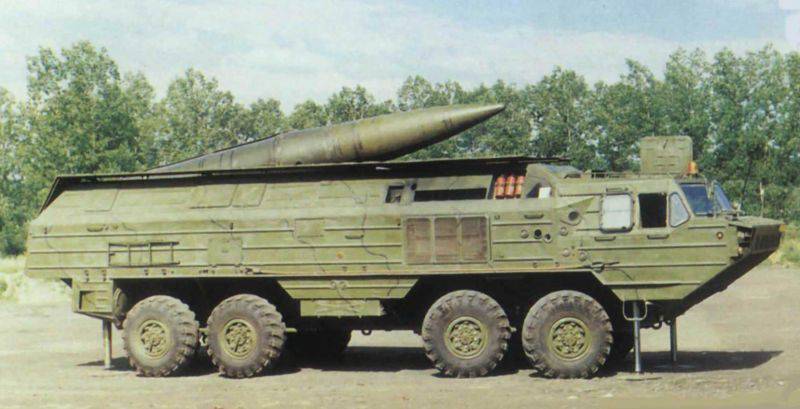
Another complaint voiced by russian skeptics was pointed toward the INF Treaty which "killed" the project on enhanced Oka-U SRBM and its derivative Volga missile with a range of 600 km. The Oka-U should have introduced a combined guidance system with a radar homing head and a capability to be guided by an A-50 airborne early warning and control system. Apparently, at least some of these ideas were takes into account when russians were designing the Iskander SRBM.
In summary, here is the broad picture: russian Iskander turned out to be incapable of breaking through new anti-missile defenses of Ukraine, namely Patriot systems. Still, it is a system far superior to its predecessor, Soviet Oka. Even the rates of missile production 5 Iskander missiles a month are much higher than the ones of Oka missiles back in the Soviet Union.
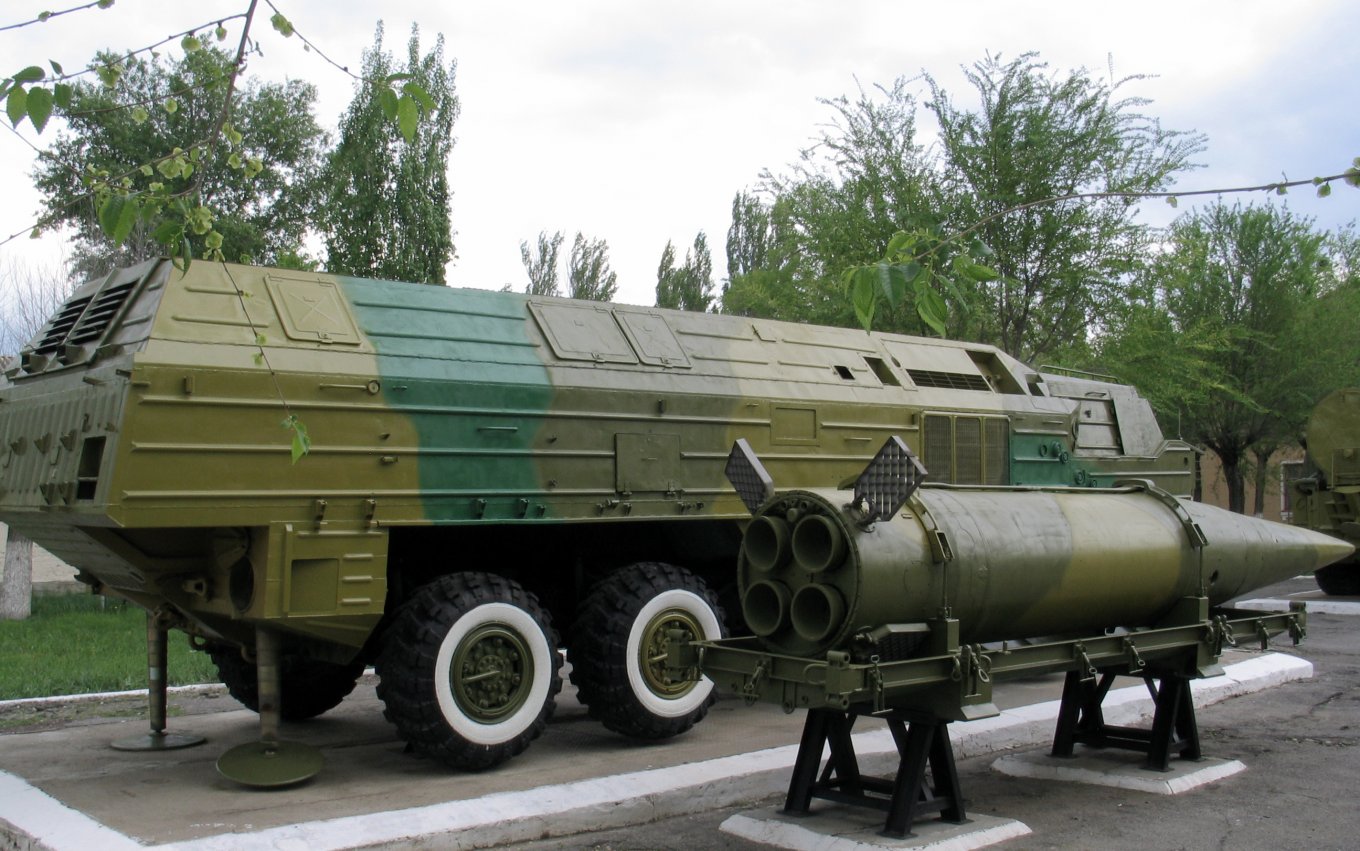
Read more: West Already Tried to Hunt russian Scud Missiles in 1991 But Will It Work With Iskander?




